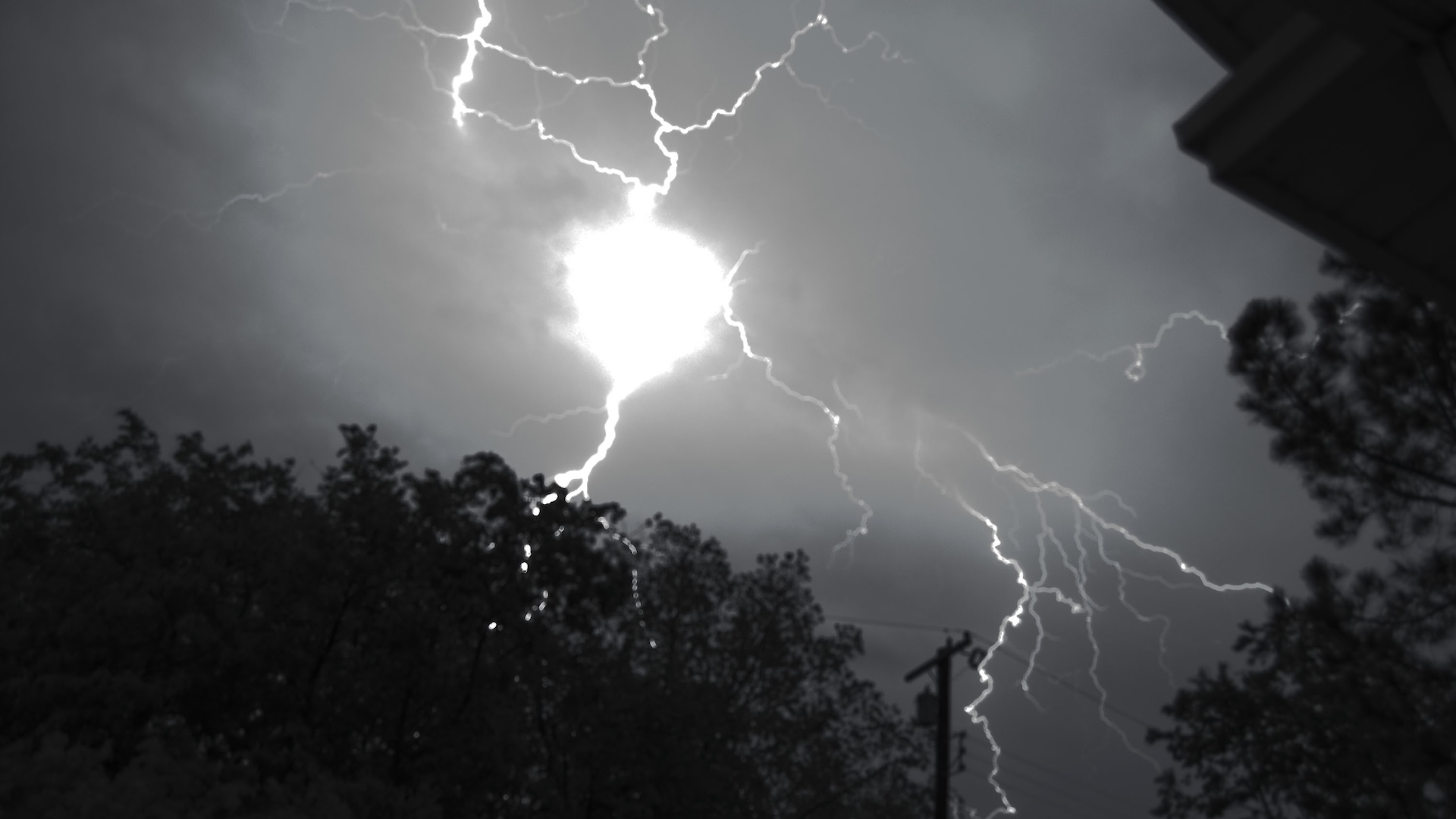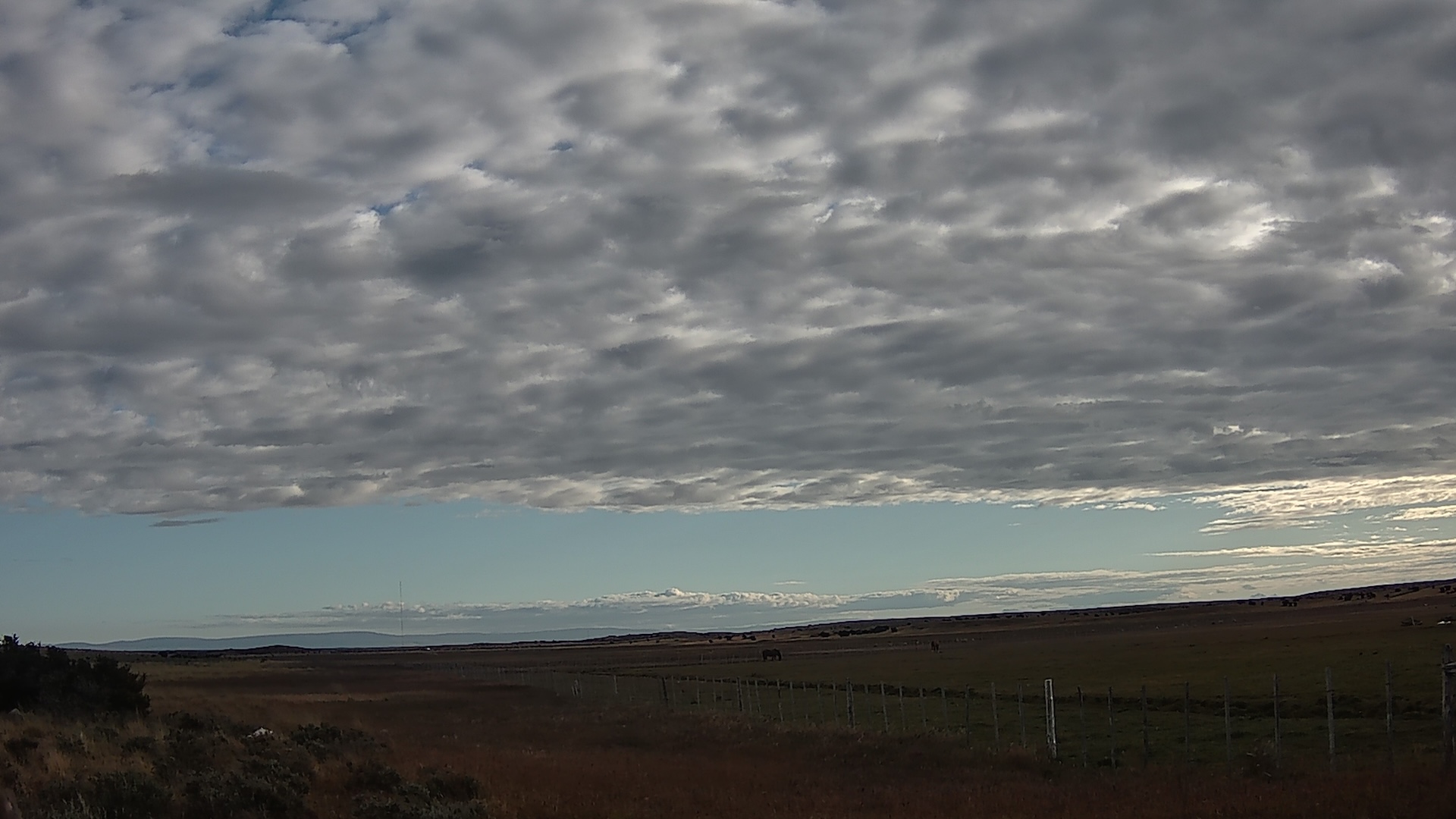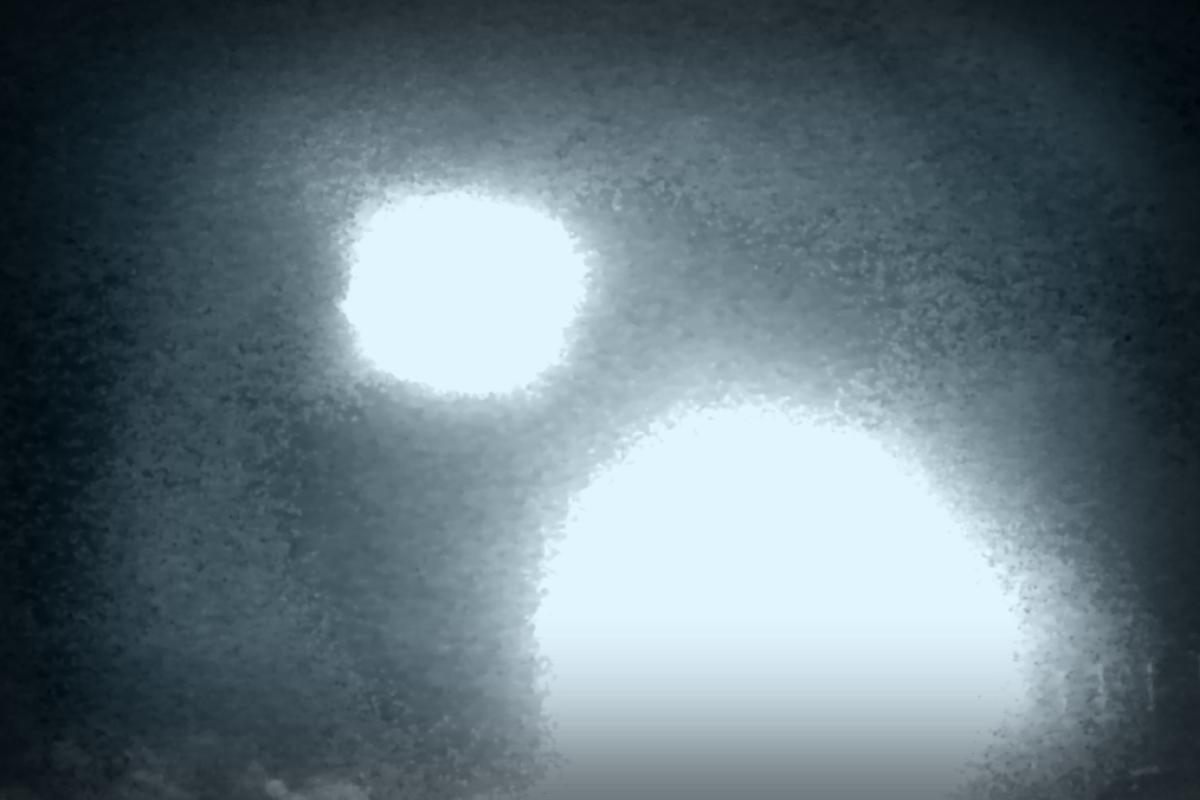In the eerie stillness of Punta Arenas, Chile, at 12:22 a.m. on January 21, something unusual happened. A motion-activated camera trap set up by the University of Magallanes (UMAG) captured three stunning images of bright lights moving downward in a mere two seconds. Visual evidence like this piques curiosity, but many are left puzzled.
Biologist Alejandro Kusch, who leads one of the research projects, expressed everyone’s perplexity during a podcast in August. He mentioned, “On our camera, placed far from busy roads and focused on a flat horizon, something caught our eye. The lights started as tiny specks in the distance and dazzled the camera as they approached and seemingly descended.”
This camera is part of the Public Baseline project, which has distributed 65 camera traps throughout Patagonia and Tierra del Fuego to study wildlife, focusing on terrestrial animals, especially felines. Since launching project operations in November 2023, they have collected over 365,000 images and videos. However, this unsettling light spectacle is truly one of a kind.
UMAG has shared this fascinating find with various organizations such as Chile’s Civil Aeronautics Directorate (SEFAA) and the La Serena UFO Museum among other experts studying unexplained skies. Various theories have been discussed — subtle possibilities include everything from a curious spider close to the lens to something more exotic called a “plasmoid,” known to science yet rarely seen.
Nevertheless, experts unanimously agree: there’s no solid explanation for the lights at this point.
The uniqueness of this sighting lies in its scientific context, explained Rodrigo Bravo, a researcher at UMAG involved with the project. Unlike many casual sightings, the rigorous camera operation protocols prevent tampering and fraud. “We’ve documented an event here that hadn’t been captured scientifically before,” Bravo mentioned.
A Local Informant’s Insight
The local Mapuche community speaks of “bad lights,” considered spirits seen across fields. Could these lights be an ancient mystery finally registered scientifically?
Some theories suggest they could be unidentified aerial phenomena (UAP) akin to mysterious flying objects. Some declassified U.S. military files indicate sightings with analogous characteristics, though most remain ambiguous — they could often be drones or clutter like birds and weather balloons, as Bravo noted.
To delve deeper, UMAG reached out to Freddy Alexis and his TV program that discusses UFOs on UCVTV, who has authored reports focused on the properties of the lights observed. His analyses scrutinized trajectories and reflections caused in the lens. In his second report, he insisted that only one principal light was visible, with other visibility results attributed to internal lens reflections.
For Alexis, the captured light might signify a plasmoid — a brief bubble of glowing gas immobilized by Earth’s magnetic field, usually witnessed during storms. Oddly, February offered a warm environment (48°F or 8°C) devoid of thunderclouds to raise doubts about ball lightning being a legitimate cause. “Given the weather conditions, it’s improbable for ball lightning to form,” he relayed to Live Science.

Alexis also considered odd plasmoid structures that can occur inexplicably within localized disturbances in Earth’s magnetic pull, linking them to Northern Europe phenomena like the “mysterious lights” experienced in Hessdalen, Norway.
While exploring different angles of interpretation, a few technicians at the La Serena UFO Museum suggested that an insect or moth might have unknowingly activated the camera sensor. In the first photo, something reminiscent of an arachnid appears along a corner of the image, despite being absent in the following snapshots.
Although one explanation involves an insect triggering the camera, it doesn’t clarify why a prominent blob of light would emerge, remarked aerial investigator Cristian Riffo, the museum’s director who contributed to the UMAG report.
Officials at the museum have characterized their photography as anti-false positive focused by incorporating numerous design measures to avoid triggers detected from insects or laser patterns. Therefore, he finds the rapid series of clicks fascinating yet perplexing. “If an insect nudged the trigger, it defines one phenomena, but if the light issue extrudes, that totally twists our narrative into the unknown,” Riffo concluded, chatting with Live Science.

As investigation continues, experts analyzed earlier bits of possible data against evening shots taken with the same camera under different conditions, and up to now they classify the lights as without explanation insight. The La Serena UFO Museum team plans to use upcoming fieldwork around the area to further assess variables like environment, lighting, and contextual factors over time.
Plans from UMAG’s project entailed attempts for additional ten active years, raising the prospect that this magnificent occurrence may utterly be visible soon. “Honest anticipation arises; the scientific community is curious to unravel this here and now,” added Bravo.


















